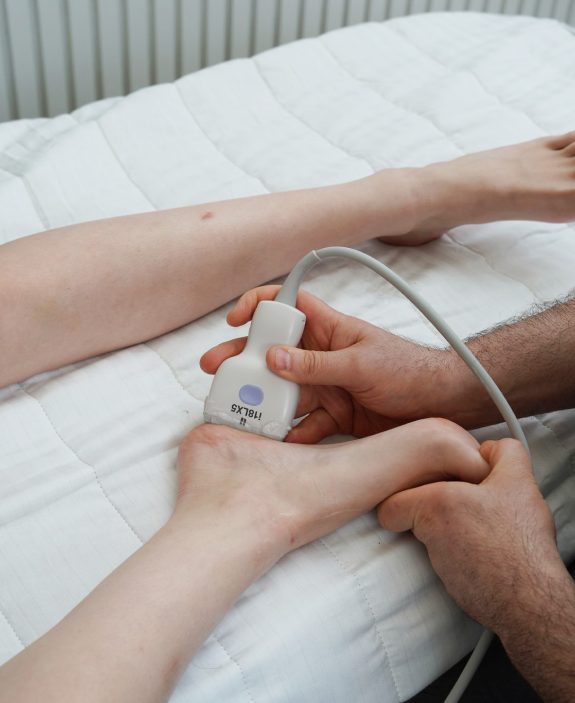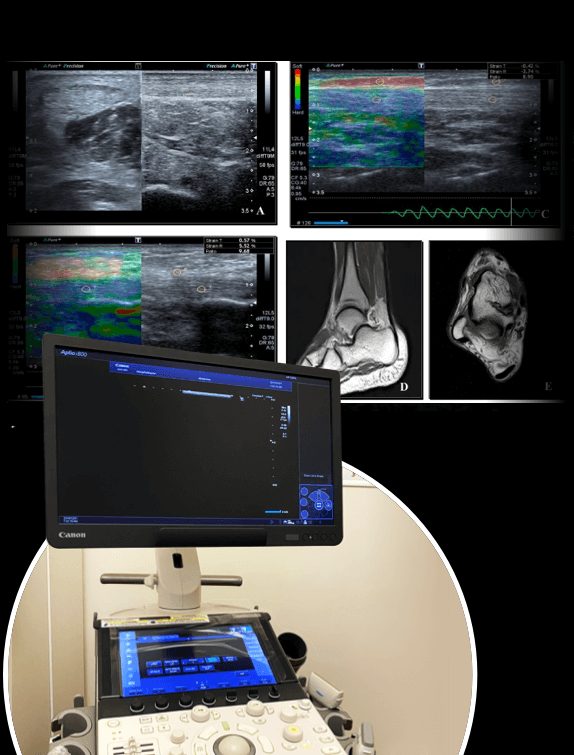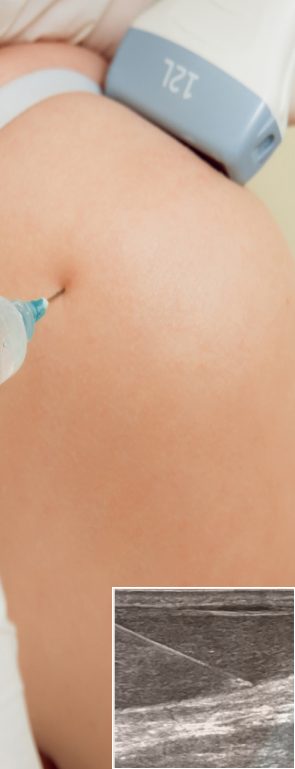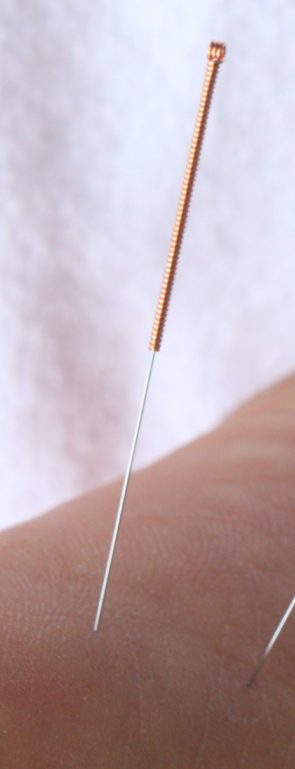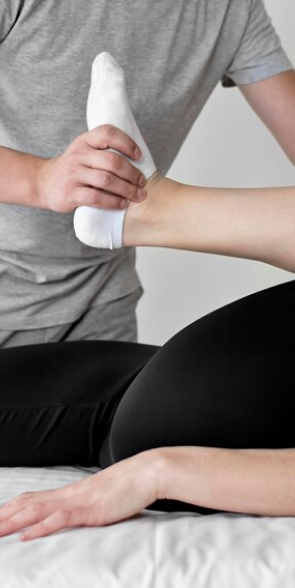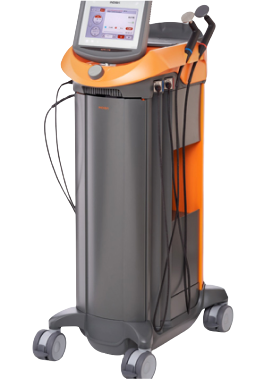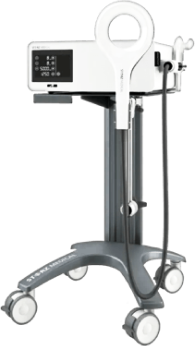The plantar fascia is a type of connective tissue that spans the bottom of your foot from heel to toes, helping to stabilize the many structures in your foot and ankle complex. Its elastic properties contribute to force production during walking, running and jumping.
When overstretched, the plantar fascia can develop trigger points, little knots of tightly contracted fibers that cause pain and interfere with its ability to stretch and relax. Dry needling is a type of trigger point therapy for plantar fasciitis that deactivates trigger points and restores pain-free function.
Fascia is a thin tough network of connective tissue that encases and connects the muscles and internal organs throughout your body. Healthy fascia is smooth, elastic and slippery, enabling your body’s structures to move without friction, and allowing nerves and blood vessels to glide freely among other structures.
Fascia’s elastic properties work like an Ace bandage to support the integrity of your body’s structures, a concept called tensegrity. But injury, overuse and unhealthy lifestyle choices can cause fascia to become dense and sticky, undermining its elasticity and inhibiting its ability to glide. Damaged fascia can form adhesions that stick to other structures, entrapping nerves and blood vessels. It can also develop myofascial trigger points, tiny clusters of tightly contracted muscle fibers that are unable to relax.
In your feet, the plantar fascia can develop trigger points that keep it from stretching and returning to its original length. When that happens, it loses its ability to store and release the elastic energy that contributes to forward and upward propulsion when you walk, run or jump. This shifts the workload to other structures like your Achilles tendon and calf muscles, setting you up for a potential cascade of injuries to the lower extremities.
Dry needling is an evidence-based approach to deactivating trigger points and restoring plantar fasciitis health and function.



